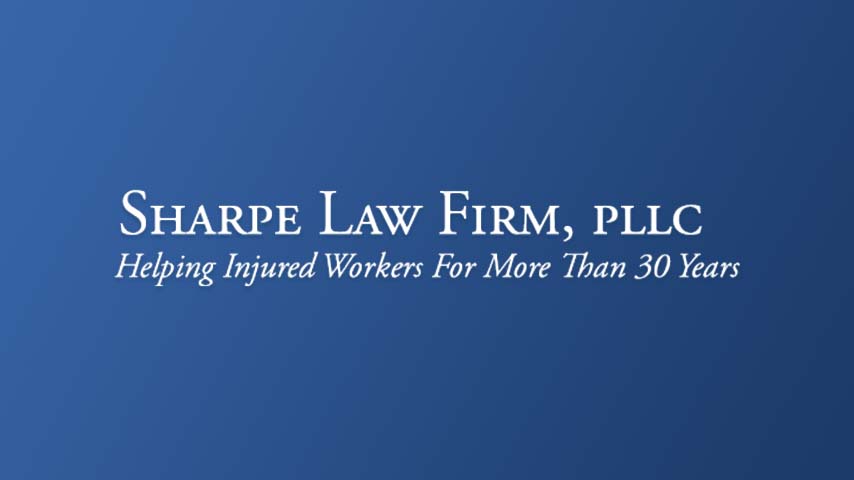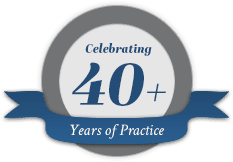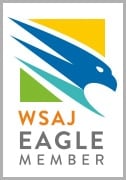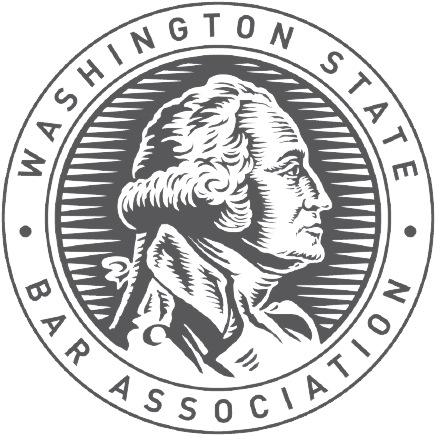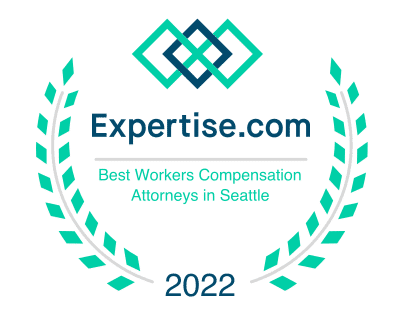- Occupational disease is different than a job injury.
- It makes a difference, especially if your claim is being challenged or has not yet been allowed. There are different proof requirements and different statute of limitations. Know which type of claim you have.
- Injury on the job happens suddenly.
- Occupational disease occurs slowly and over time:
L&I Injury. What is an L&I injury?
- An L&I injury is an on the job injury.
- An injury is a sudden and traumatic event that promptly hurts you. See RCW 51.08.100 for the precise and confusing wording.
- An L&I injury, which happens suddenly, should be distinguished from an L&I occupational disease, which comes on slowly.
- The reason to keep these two concepts separate is that there are different proof requirements for each, and different statutes of limitations. They are two different kinds of L&I claims
INJURY Statute of Limitation (SOL)
If you incur an injury on the job, you and your doctor must file a Report of Industrial Injury or Occupational Disease within one year of the incident. This one year is the injury statute of limitations. If you miss this deadline you lose your right file an injury claim. Statute of Limitations.
Once you file this report, you then have an L&I claim.
Examples of injuries include:
- A painter who falls off a ladder and breaks a bone
- A store clerk who performs heavy lifting today which causes his back to seize up three days later
- A bank employee who witness a robbery and develops PTSD
Repetitive Trauma
Repetitive trauma is a series of little traumas over time that cause serious physical problems to the body because of their cumulative effect. They are a hybrid type of claim that could be both or either an injury or an occupational disease. An example of repetitive trauma is a jack hammer operator who wears out his hands and arms, a little bit everyday over the course of time. Each day causes a minor problem which looks like an injury. Over time this repetitive trauma becomes a major problem and looks like an occupational disease. Either way it can become an L&I claim.
L&I Occupational Disease. What is an Occupational Disease?
Occupational disease is different than a job injury. An occupational disease occurs slowly and over time.
Legally, an occupational disease is an infection or disease that arises naturally and proximately out of employment. RCW 51.08.140. The exposure at work needs to be the proximate cause of the medical condition.
In practical terms, an occupational disease is your medical condition after you wear your body out or get sick from your job.
Occupational Disease Claims Are Difficult to Prove. Here is the Criteria:
- A physician must present an opinion that work conditions, on a more probable-than-not basis (a greater than 50% chance), are a cause of the disease or have aggravated or “lit up” a preexisting condition; AND
- Objective medical findings support the diagnosis; AND
- The disease must arise “naturally and proximately” out of employment.
- Naturally — To arise “naturally” out of employment, a disease must be regarded as a natural consequence of distinctive conditions of the work process, including one or more of the following:
- The disease is caused by distinctive conditions of the worker’s employment. The disease or disease-based disability does not arise out of employment if it is caused by conditions of everyday life or all employments in general; OR
- The worker’s occupation exposed the worker to the likelihood of contracting the disease or the disease-based disability; OR
- The disease is caused by continuous and specific activity required to perform the job.
- Proximately — To arise “proximately” out of employment, “the cause must be proximate in the sense that there existed no intervening independent and sufficient cause for the disease, so that the disease would not have been contracted but for the [distinctive] condition existing in the…employment.”
Employee Right to Know. MSDS Laws
Worker right to know laws are handled by the Department of Labor and Industries. LNI uses the hazard communication standard to require all Washington state employers to inform and train employee’s about hazardous chemicals in the work place.
Information can also be obtained by calling the Ecology Hazardous Substance Information Hotline 1-800-633-7585, additional information can be viewed at http://www.ecy.wa.gov/hsieo/
Employers are required to:
- Inventory workplaces to identify the hazardous materials to which employees are exposed.
- Get Material Safety Data Sheet (MSDS) for each hazardous chemical used in the work place.
- Be sure all chemical containers are properly labeled.
- Inform and train employees who are exposed to hazards.
- Develop a written plan explaining how employees are trained and informed about toxic chemicals they deal with.
Worker Right to Know information is in the Washington Annotated Code at WAC 296-62
Statute of Limitations – How long do you have to file an L&I claim for an OCCUPATIONAL DISEASE
The occupational disease statute of limitations (SOL) specifies that a Report of Industrial Injury or Occupational Disease must be filed within two years. Filing the report starts the L&I claim.
Many persons actually have a lifetime or longer to file their occupational disease claims. You can have an entire lifetime to file because seldom does the two year SOL begin to run. Longer than a lifetime? Yes. There can be even longer than a lifetime because the widow can file a claim even after the worker’s death.
When does the two year SOL for Occupational Disease begin to run?
The Statute of Limitations starts the day a physician or a nurse practitioner gives written notice to the worker of:
- the existence of the disease, and
- that a claim for disability benefits may be filed.
- For most occupational diseases, physicians do not give this notice to their patients. As a result the SOL does not begin to run. That is never bad news.
- See the occupational disease statute of limitations (SOL) for precise legal details; RCW 51.28.055.
Occupational disease can be difficult to understand.
Occupational diseases may be obvious, but many, due to the long latency period, are difficult or nearly impossible to spot. Many valid occupational disease claims are never filed because the connection between work and disease is not recognized. Many workers struggle and die because they just don’t know where this disease came from. Others may know where it came from but they are afraid to push the issue. These injured workers are giving up their right to medical care and other benefits.
Examples of occupational diseases include:
- woodworker breathing cedar dust and getting asthma
- construction trade and mechanics working with asbestos and getting mesothelioma, asbestosis, or lung cancer
- machinists breathing or touching solvents such as MEK or toluene and getting dermatitis or liver and kidney damage
- workers breathing benzene fumes and contracting acute myelogenous leukemia (AML) or kidney cancer
- working close to acids, smoke, and nitrogen oxides and getting bronchitis
- bakers breathing flour and getting asthma
- machine operators breathing cutting oils and getting hypersensitivity pneumonitis
- painters, bridge workers, radiator repairmen, and metal recyclers working with lead and contracting chronic encephalopathy
- pesticide applicators and downwinders breathing organophosphates and having peripheral polyneuropathy
- health care workers and prison guards getting bloodborne infections such as HIV and hepatitis B; airborne infections like TB; and other infections such as hepatitis A
- welders and metal platers who work with chromium contracting lung cancer
- plastic manufacturers working with vinyl chloride getting liver cancer, or benzidine and getting bladder cancer
- a Hanford worker breathing toxic fumes. Hanford Workers and firefighters have special occupational disease laws.
- there are hundreds more occupational diseases. Some of them have not as of yet even been recognized, because the ability of industry to poison workers far out paces medicine’s ability to understand and treat the diseases.
L&I Law is not taught in schools. It’s hard to find and difficult to understand. As a result many occupational diseases are unrecognized as such and consequently not fully appreciated or despised for the killers and cripplers that they are.
What About the Widow? – A silver lining and some good news here. Even after an occupationally related death a spouse can still file an occupational disease claim for the deceased spouse, and still get benefits.
Occupational Disease vs Injury. It Make a Difference
Too many words are wasted over the distinction between Occupational Disease and Injury. Injured workers unfairly loose time, money, and benefits when they are required to argue and prove the legal distinction between injury and disease. Procedural and proof difficulties can even cause these workers to lose their claims. This should not happen, but it does.
If you are caught between legal theories where various employers and claims managers are arguing injury vs occupational disease – Get legal help.


